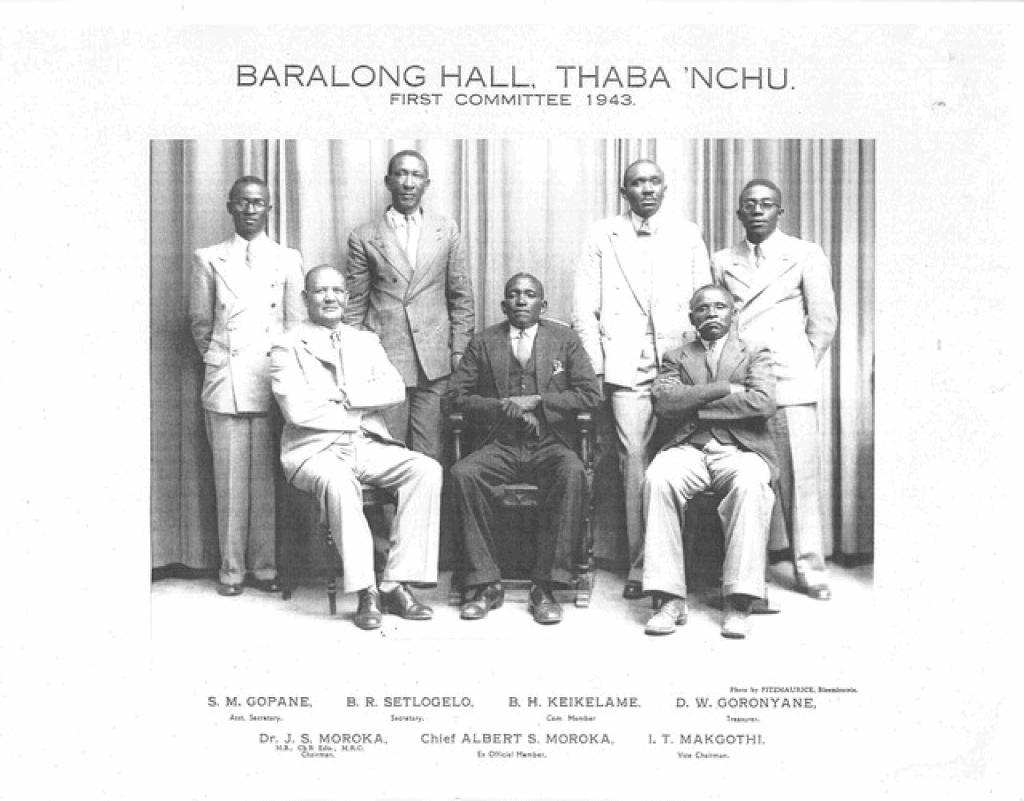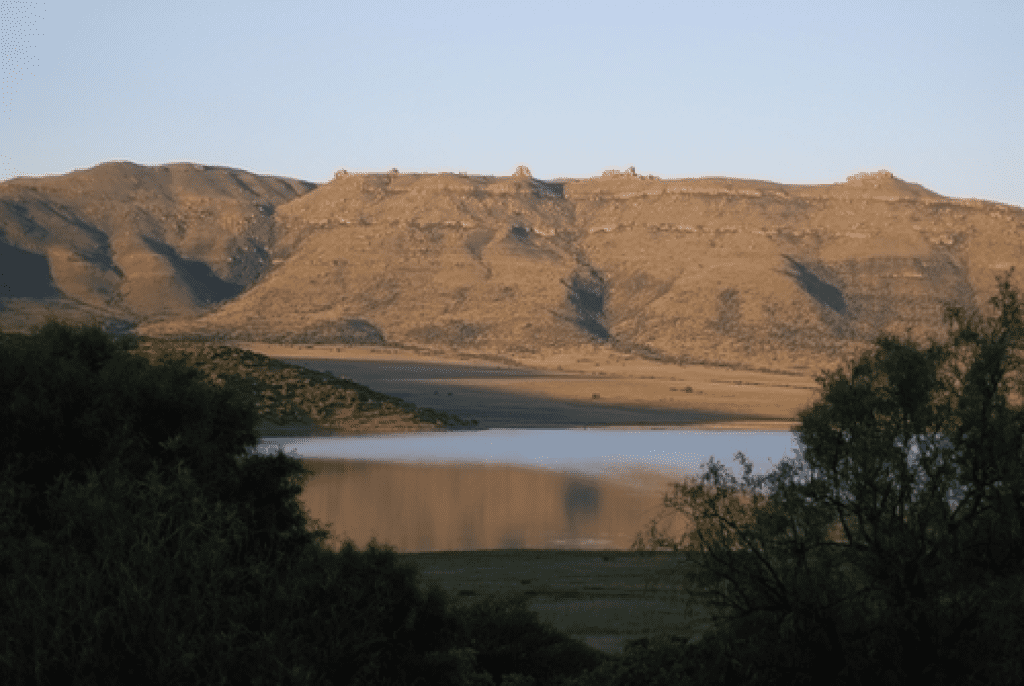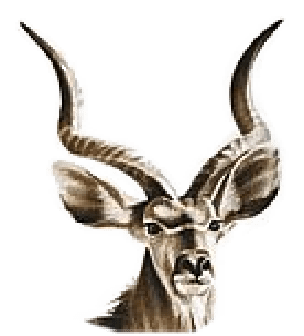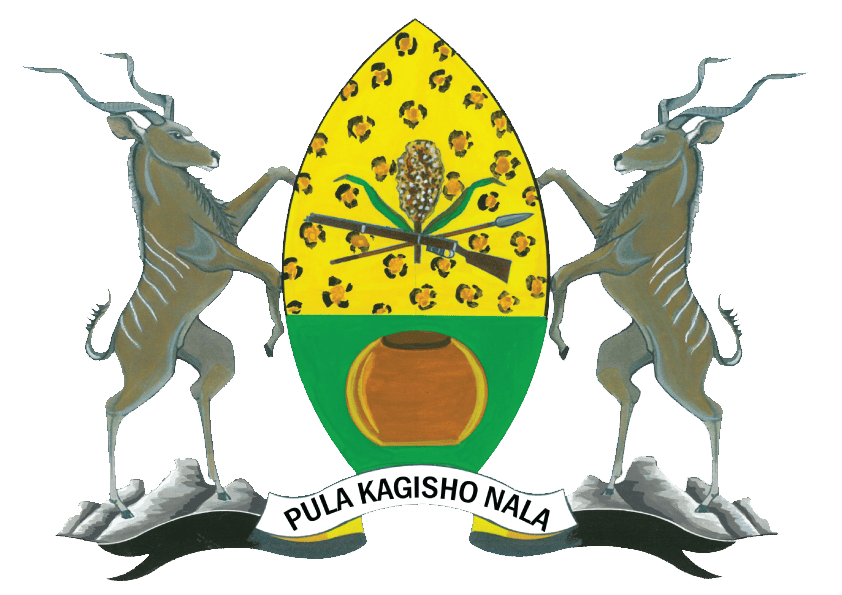About us
Thaba Nchu is a town in the Free State, South Africa, located 60 km east of Bloemfontein. Its population is largely made up of Tswana and Sotho people. The town was settled in the 1830s and officially established in 1873. The town grew larger following the 1913 Natives’ Land Act that stated Thaba Nchu as a homeland for Tswana people.
History
Moroka II, chief of the Boo-Seleka section of the Barolong tribe, migrated here in 1833. A decade earlier his clan was driven from their land of origin, over the Vaal, by Mzilikazi, and sojourned at Motlhanapitse, in what is now the western Free State. Upon reaching an agreement with king Moshoeshoe I, they settled at Thaba Nchu, where their numbers were augmented by other Barolong scattered by Mzilikazi.
These Batswana people accepted the Voortrekkers as allies, as a consequence of the on-going difaqane (tribal wars). The first Voortrekkers to stay here on their northward journeys were Louis Tregardt and Hans van Rensburg. Thaba Nchu subsequently became a safe meeting place for leaders such as Hendrik Potgieter, Piet Uys and Gerrit Maritz.

After Potgieter’s trek was attacked and plundered at Vegkop, Moroka II swiftly assisted him with draught oxen and a liberal provision of supplies. The Boer party was also assisted in returning to a refugee camp at Thaba Nchu, named “Moroka’s Hoek”. The Boer leader held a war council with the Barolong chiefs, Moroka and Tauana, where a Boer-Barolong-Griqua allegiance was formed, which shortly routed Mzilikazi, who then founded the kingdom of Matabeleland
Thaba Nchu was considered a friendly native state of the boer-governed Orange Free State, established in 1854. It however became an insular territory during the Basotho Wars, during which the Basotho were expelled from its vicinity.
During the apartheid era it fell into the area set aside for the bantustan of Bophuthatswana, nominally ruled by the then President Lucas Mangope. It was then a trading centre. It was, and remains, one of the biggest tourist attractions in the Free State, home to various Sun Internationaland other casinos.
Geography
Geographical features include the promontories of the Lesotho mountains, suitable for large lands with ample game, wherein a game reserve, the Maria Moroka Game Reserve, has been maintained. A variety of wildlife and bird species are found here, besides a hiking trail, a traditional Tswana site, and amenities for various activities and adventures in the reserve. Much of the surrounding land is arable, which has been employed for large scale farming of both commercial and domestic nature. The town is also known for the Aran hand-knitted woolen garments made by local craftspeople.

The town was closely governed by His Majesty Chief Albert Moroka II until he passed on. It was then governed by Chief Moroka Moroka III (Kgosigadi Audrey Gaongalelwe Moroka) until his untimely death in 2013. It is currently coverned by Moutloasi Setlogelo in the intrim. She is responsible for most civil matters and is the judge at the tribal court, so the town is still has a very traditional feel despite having a proper court of law and falling under the Mangaung metro municipality. It has a very dry and cold winter with periodically wet summers.
Reference thanks to: https://en.wikipedia.org

